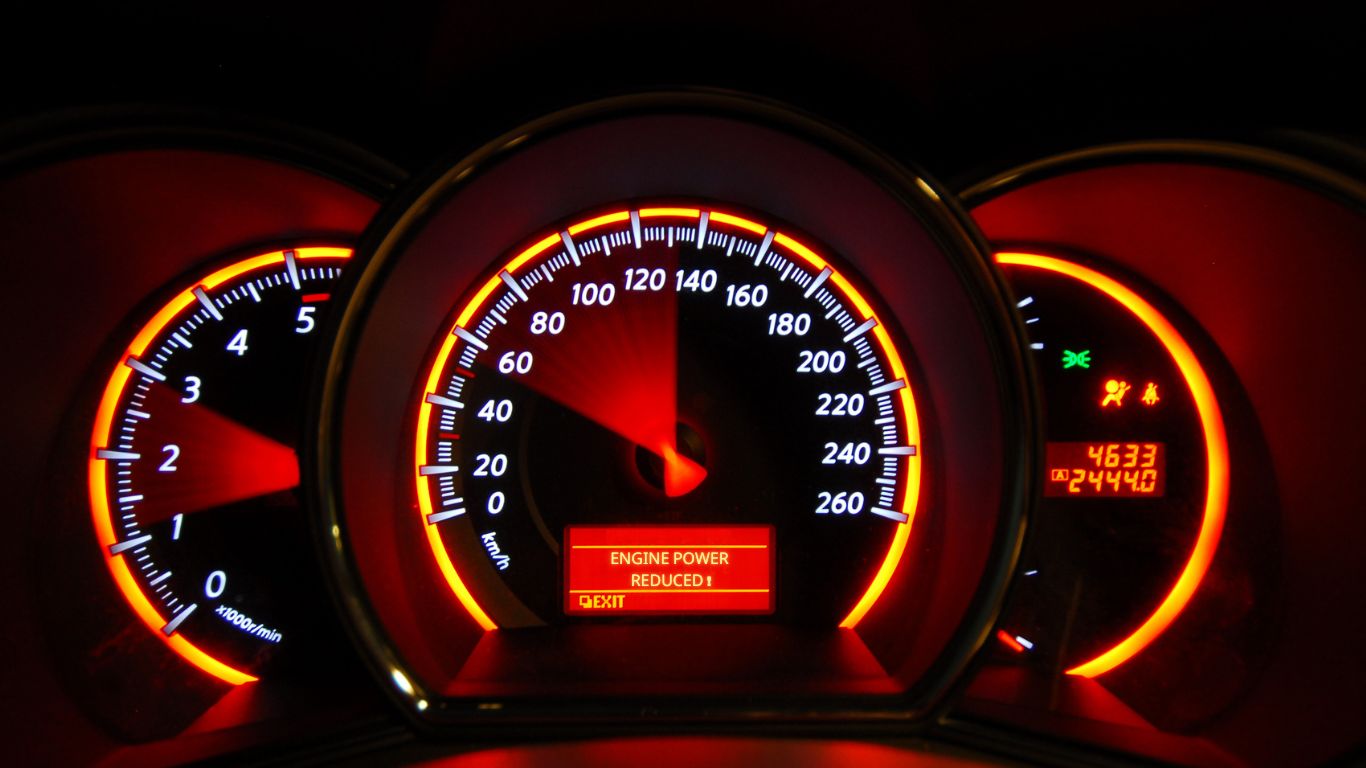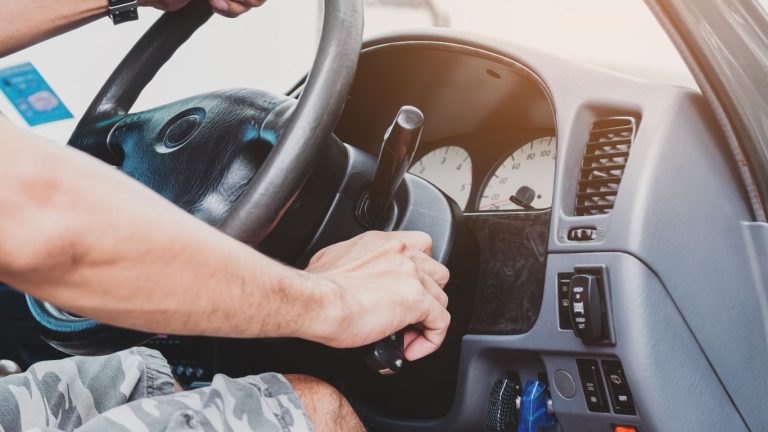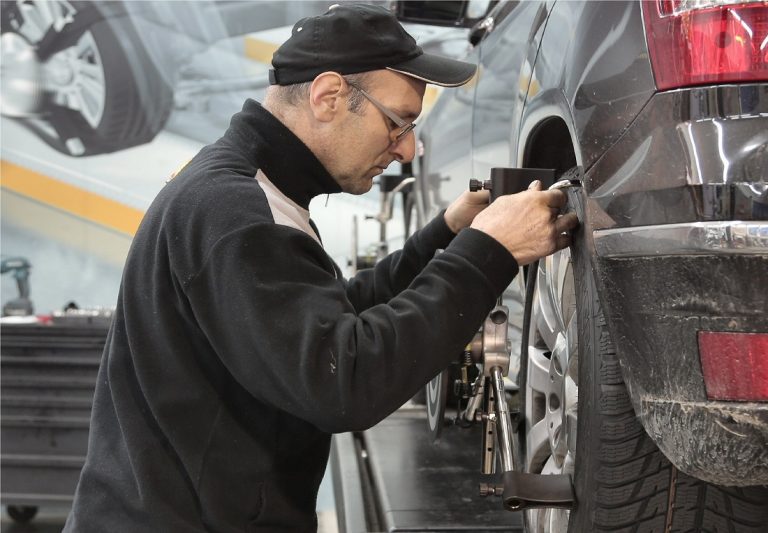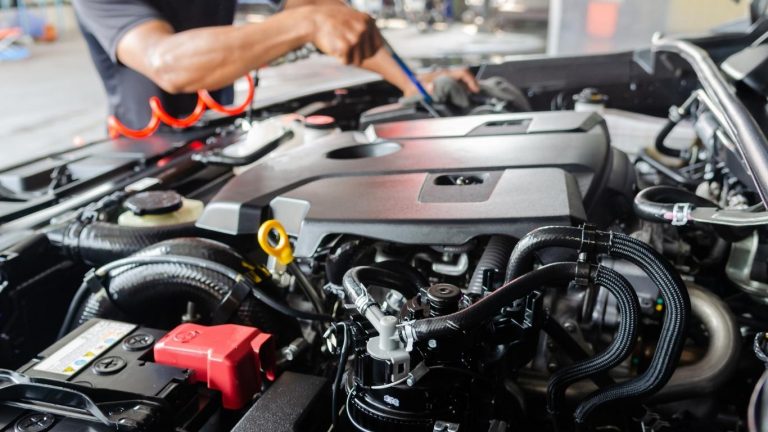How to Bypass Reduced Engine Power: The Ultimate Guide!
Have you ever been driving down the road and had the car suddenly go into reduced engine power mode? It’s a frustrating experience, especially if you’re not sure how to fix it.
In this blog post, we’ll talk about what exactly is reduced engine power, what causes it and how you can bypass it so you can get back on the road as soon as possible. Keep reading to learn more!
Reduced engine power: What it mean?
Reduced engine power is a safety feature that kicks in when the vehicle’s ECU has identified a potential system failure and switched to a fail-safe mode to protect the occupants or prevent further damage to the car.
When this happens, the car will automatically reduce the amount of power available to the engine. This can happen for several reasons, including overloading the engine, overheating, or sensor issues.
How to know if your vehicle has reduced engine power
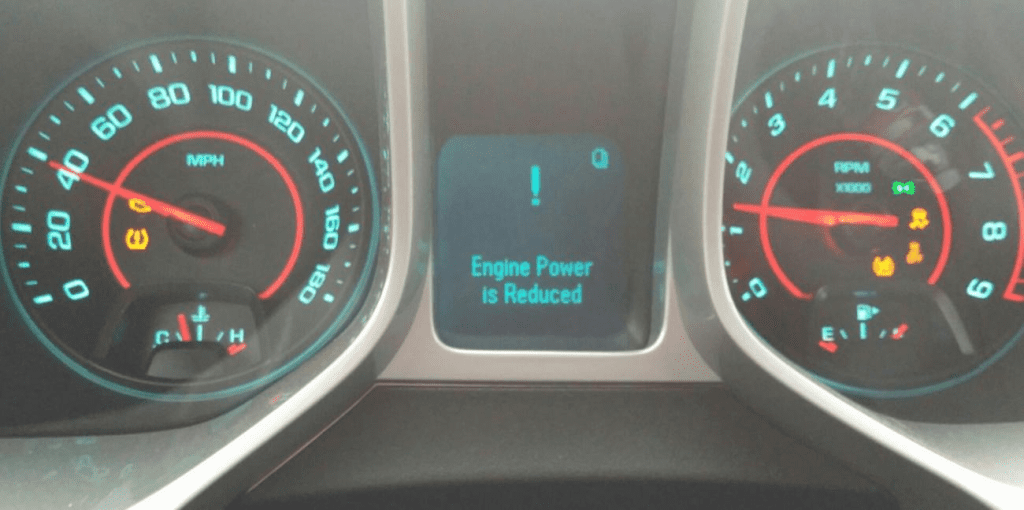
There are a few ways to do this.
The first way is to check the dashboard for any warning lights. If a warning light is on, it means that there’s an issue with the car that needs to be fixed. Usually, most modern cars give an alert saying “Engine power is reduced!”.
The second way is to listen for any changes in how the engine sounds. If it sounds like it’s struggling or running slowly, that could be a sign that the engine is in reduced power mode.
The third way is to look for changes in how the car drives. If it feels like it’s not accelerating as quickly as usual or if it’s harder to turn the wheel, that could be a sign that reduced engine power is enabled.
Most common causes for reduced engine power
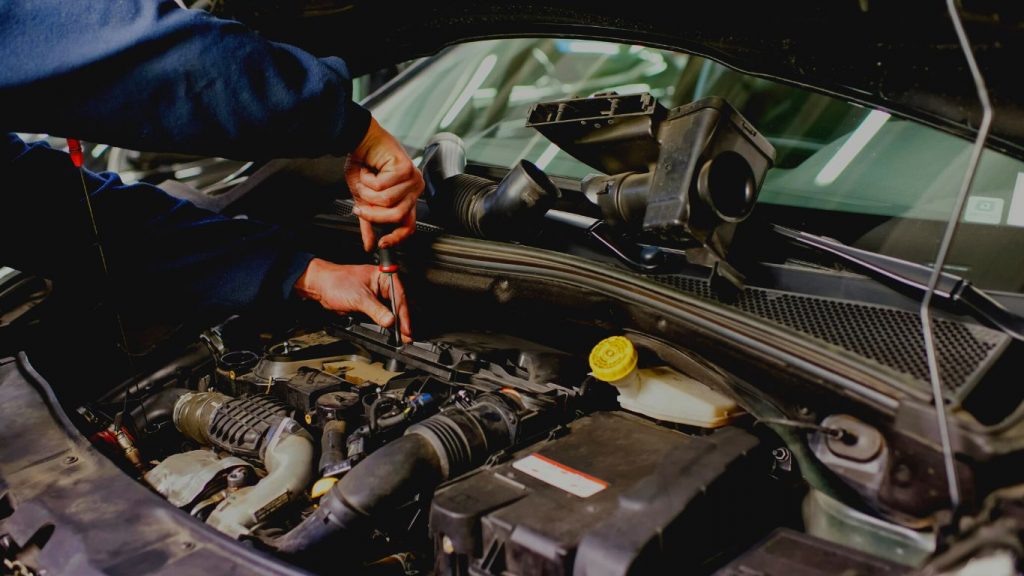
There are a few different things that can cause reduced engine power. Some top reasons being overloading the engine, cooling failure, and low oil among others. One of the most common reasons is overloading the engine.
If the car’s sensors aren’t working properly, they may not be able to detect problems with the engine. Perhaps sending false positive signal.
Here’s more details on this:
1. Overloading the engine
An overloaded engine can trigger a power reduction, which can be a serious problem when you’re drive. The overloading can happen if you’re trying to tow too much weight or if you have a lot of people in the car.
Besides, imbalance in the ignition system, and the wrong fuel mixture can also be the culprit.
Whatever the cause, an overloaded engine can cause your car to slow down and even stall. In extreme cases, it can even cause engine damage.
2. Failed cooling system
Another very likely cause is engine overheating. It can happen if your vehicle’s cooling system isn’t working properly or if you’re driving in hot weather.
To protection engine from damage/worst yet fire, the safety mechanism has flashed the alert.
3. Low engine oil level
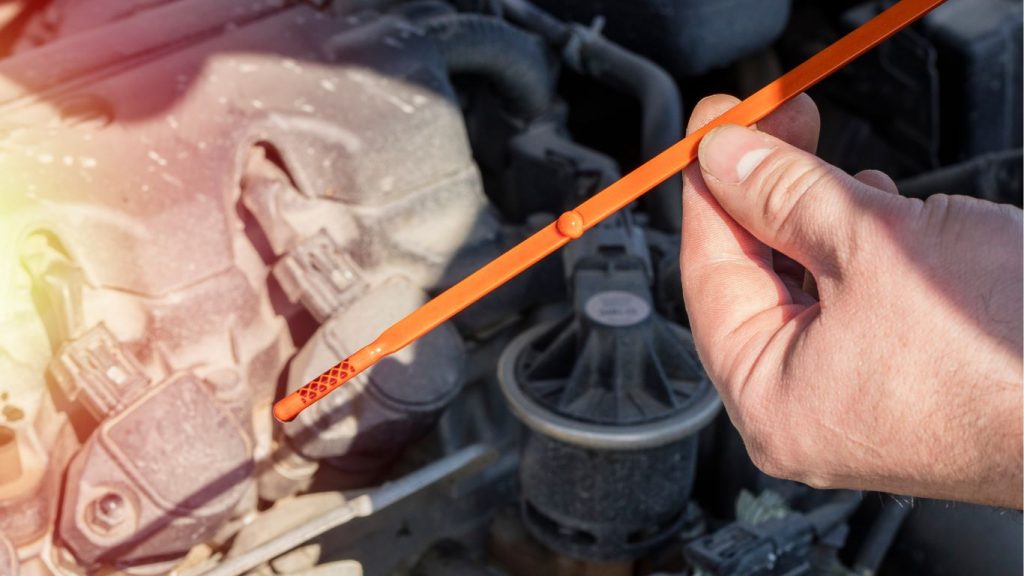
If the engine oil level falls below a certain point, the car’s computer will reduce the engine power to protect the engine.
This can cause the car to lose power and be less responsive.
4. Car TAC system
A car’s TAC (throttle actuator control) system can make engine to reduce power by restricting the amount of air that enters the engine.
It can happens when the TAC system is not working properly, for example, if there is a problem with the throttle position sensor.
In this case, the engine may not be able to run at full speed, which can cause a reduction in acceleration and power.
5. Faulty or broken spark plug
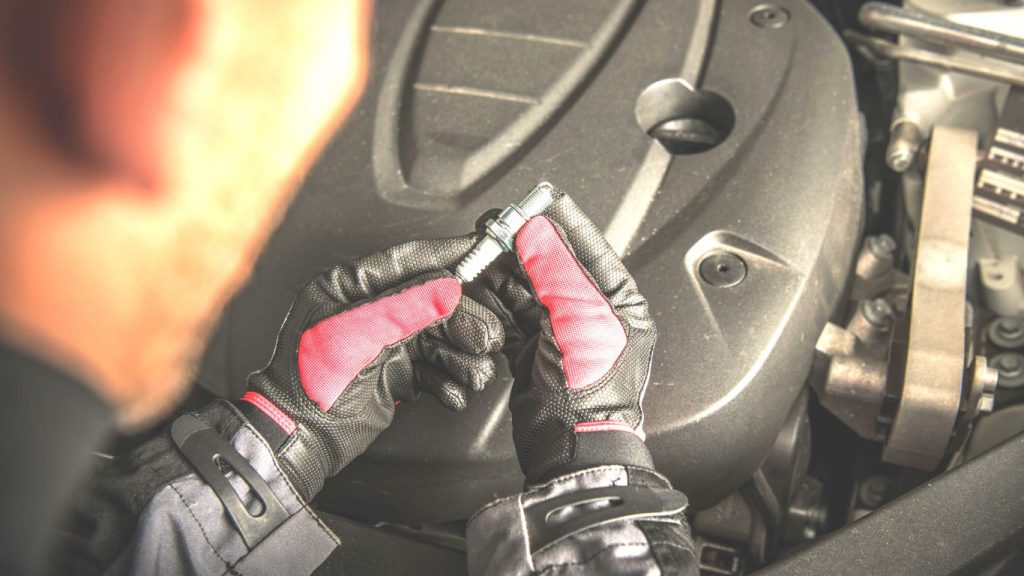
Speaking of the devil, a faulty or broken spark plug is well equipped to cause the engine to lose power. It is because the spark plug is responsible for igniting the fuel in the engine, which if it isn’t working correctly may not be able to generate enough power.
A malfunctioning or broken spark plug might result in diminished vehicle performance and other difficulties including misfiring and poor fuel efficiency.
6. Oxygen sensors
If the oxygen sensors in your car are not working correctly, it can make your car to run weak.
The oxygen sensors help regulate how much fuel is burned in the engine, and if they are not functioning properly, the engine may not be able to produce enough power.
Symptoms of a faulty oxygen sensor can include reduced engine power, stalling, and poor acceleration.
7. Connectors
The connector located in the engine bay supplies power to several systems, including the engine itself. When this connector becomes dirty or loose, it can render engine with dropped power.
Symptoms of this problem may include a decrease in speed, difficulty starting the car, and poor acceleration.
8. Defective distributor
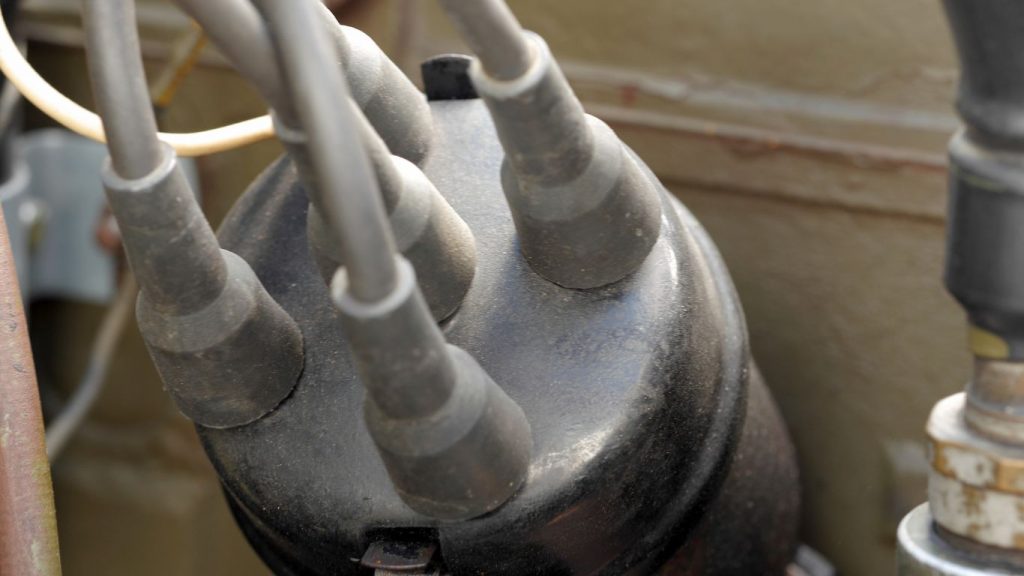
The Distributors play an important role in the overall function of a car’s engine. It manages fuel flow and air to the cylders. When it fails, it can lead to reduced engine power as its job is to deliver the right amount of fuel and air to the cylinders.
9. Loose fuel cap
A loose fuel cap can lead to reduced engine power in cars for many reasons. When the cap is loose, it can allow air to escape from the tank. This reduces the amount of fuel that is available to the engine, which can lead to a decrease in power.
In addition, a loose fuel cap can allow dirt and other debris to enter the tank and contaminate the fuel. All in all, causing more issues including a decrease in engine power.
10. Faulty MAF sensor
And last but not least is bad MAF sensor. It can result in reduced engine power for several reasons including; the sensor not being abble to properly measure the amount of air entering the engine. It can lead to an increase in air/fuel ratio, which can result in a decrease in engine power.
Additionally, a faulty MAF sensor can cause the engine to run lean, which can also lead to a reduction in engine power.
How to bypass reduced engine power?
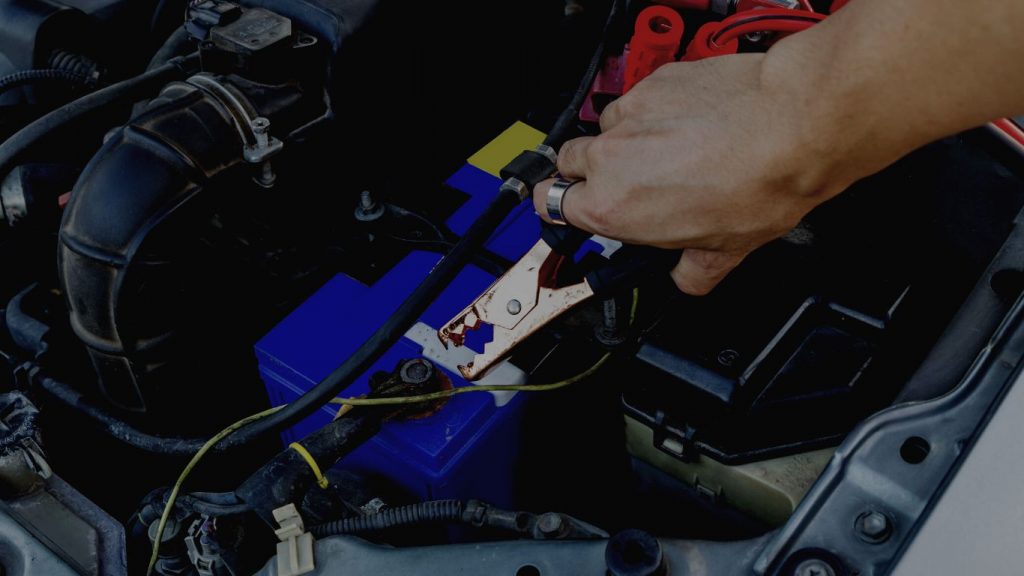
If you determine that your car is in reduced engine power mode, there are a few ways to bypass it. The easiest way is to take your car to a mechanic and have them fix the issue. However, if you’re comfortable doing so, you can also try to fix the issue yourself.
There are a few ways that you can bypass reduced engine power. One of the easiest ways is to disconnect the car’s battery. This will reset the car’s computer and may fix the issue. If the problem still won’t go away then try the steps mentioned below:
1. Try reducing load or cool the engine down
If the problem is with the engine overheating, you can try to cool it down by turning on the air conditioning or by driving through water. If the problem is with too much load on the engine, you can try to reduce the amount of weight by removing unnecessary items from the car.
2. Try to clean or tighten the connector in the engine bay
Often, a dirty or loose connection can impede the flow of electricity and reduce your car’s performance.
To clean the connectors, you’ll need a wire brush and some cleaning solvent.
First, disconnect the connector and remove any dirt or corrosion with the help of the brush. Then, using a rag, apply a small amount of solvent to the connector and reattach it.
If the connector is tight, you may need to use a wrench to make sure it’s properly fastened. Make sure to avoid over-tightening, as this can damage the connector.
3. Check for a dirty or loose fuel cap
If your car has a dirty or loose fuel cap, this can cause reduced engine power. Here are some tips on how to fix a dirty or loose fuel cap:
First, make sure your car is in the parking and the emergency brake is engaged. Then open the hood of your car and locate the fuel cap on the car. Now Clean off any dirt or debris from the fuel cap. Check to make sure the fuel cap is tightly sealed on your car and close the hood of your car.
4. Replace the distributor if it is defective
Again, first off make sure the car is safely parked. Then open the hood of your car and locate the distributor. Now remove the distributor cap and inspect the rotor for damage. If you see any damage, then you will need to replace the distributor.
Now reattach the distributor cap and tighten the screws. Make sure that the distributor rotor is pointing in the correct direction and replace any hoses that were removed. Close the hood of your car and start your engine. Hopefully, this should fix the problem.
5. Clean or replace the oxygen sensors
The oxygen sensor is an important part of a car’s engine. It helps to monitor the air-to-fuel mixture and sends data to the ECU which then adjusts the air/fuel ratio.
If this sensor isn’t working properly, it can cause reduced engine power and other problems.
To clean an oxygen sensor, you’ll need some basic supplies like a screwdriver and socket set. First, remove the sensor from the car. Depending on the type of sensor, you might have to unplug it or remove a cap.
Then, use a wire brush to clean off any dirt or gunk. Finally, reattach the sensor and test it out.
If your oxygen sensor is broken or damaged, you’ll need to replace it. Replacing an oxygen sensor is usually a job for a professional, but it’s not too difficult to do yourself. Just follow the instructions in your car’s manual.
6. Replace the MAF sensor if it is faulty
If your car’s MAF sensor is faulty, you’ll need to replace it. The process for doing this varies depending on the make and model of your car, so it’s best to consult your owner’s manual or manufacturer’s site.
In most cases, you’ll need to remove the air intake system from the car to access the MAF sensor. Once the sensor is free, you can unplug it and replace it with a new one. Be sure to reattach all of the air intake system components before starting the car engine.
Is it safe to drive with reduced engine power?
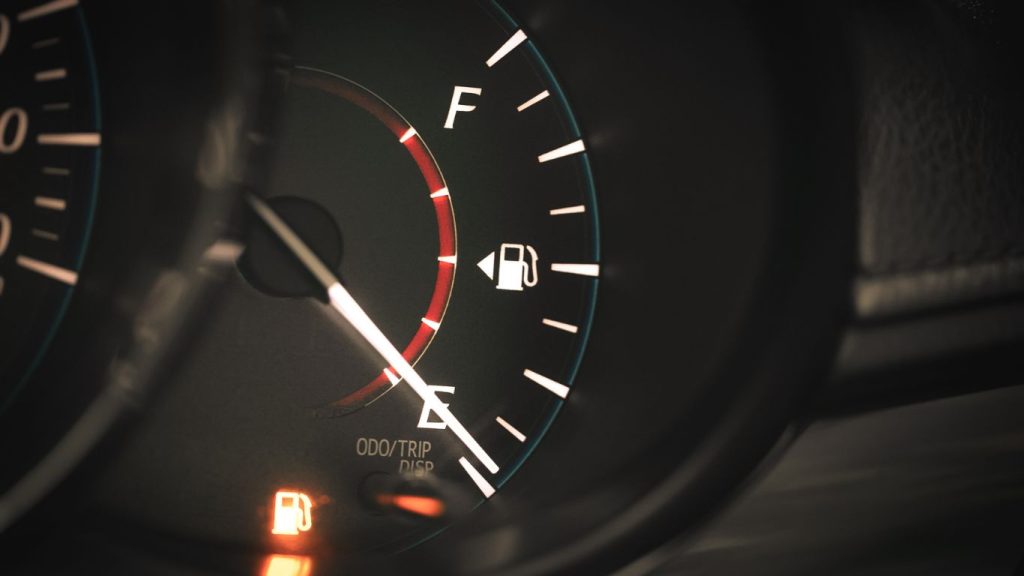
It is generally considered safe to drive with reduced engine power, but we don’t recommend it – the reason being the risk of increased damage to the vehicle and risk of incidents.
When this safety feature kicks in, it means your vehicle sensors has detected issue with engine or electrics and to prevent any incident or further damage, it throttles power to engine.
If your car has reduced engine power, not bypassing it can have quite a lot of consequences, including:
- Reduced fuel efficiency
- Poor performance
- Increased wear and tear on the engine
Besides, driving in heavy traffic or on the highway with reduced engine power can be dangerous.
In some rare cases, especially if you ignore it, reduced engine power can cause more severe problems, such as a seized engine or electrical fire.
When should you take your car to a mechanic for help with reducing engine power?

If you’re experiencing reduced engine power, it’s important to take your car to a mechanic as soon as possible. This problem can often be caused by several different issues, and it’s best to have them diagnosed and fixed as soon as possible.
If you’re not sure what might be causing the problem, it’s best to take your car to a mechanic and let them take a look.
Over to you!
If you’re experiencing reduced engine power, it’s important to take your car to a mechanic as soon as possible. If you are confident then you can try the troubleshooting mentioned above to fix it yourself.
The problem can often be caused by several different issues, and it’s best to have them diagnosed and fixed as soon as possible. Some of the most common causes of reduced engine power are problems with the fuel system, the ignition system, or the engine itself.
If you’re not sure what might be causing the problem, it’s best to take your car to a mechanic and let them take a look.

